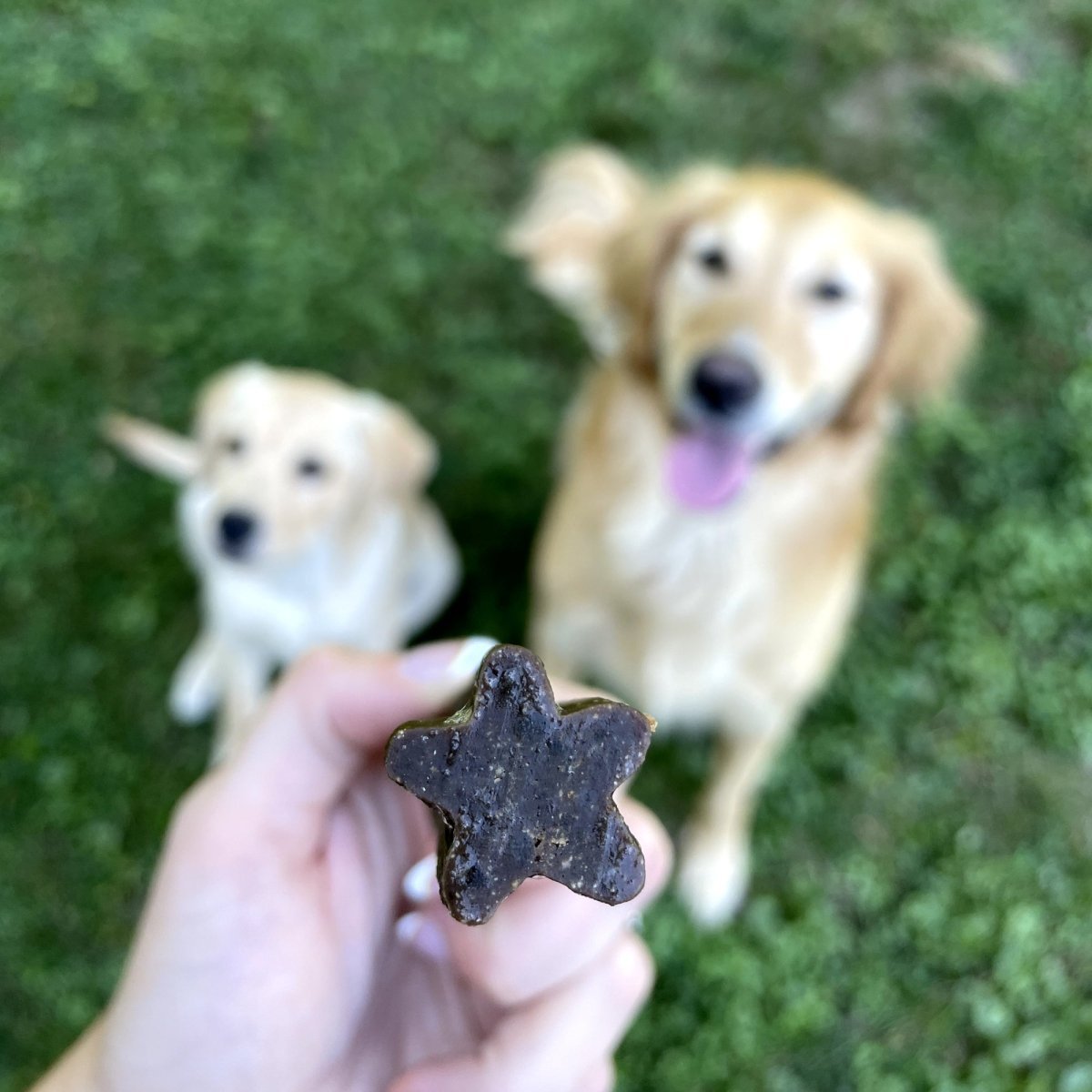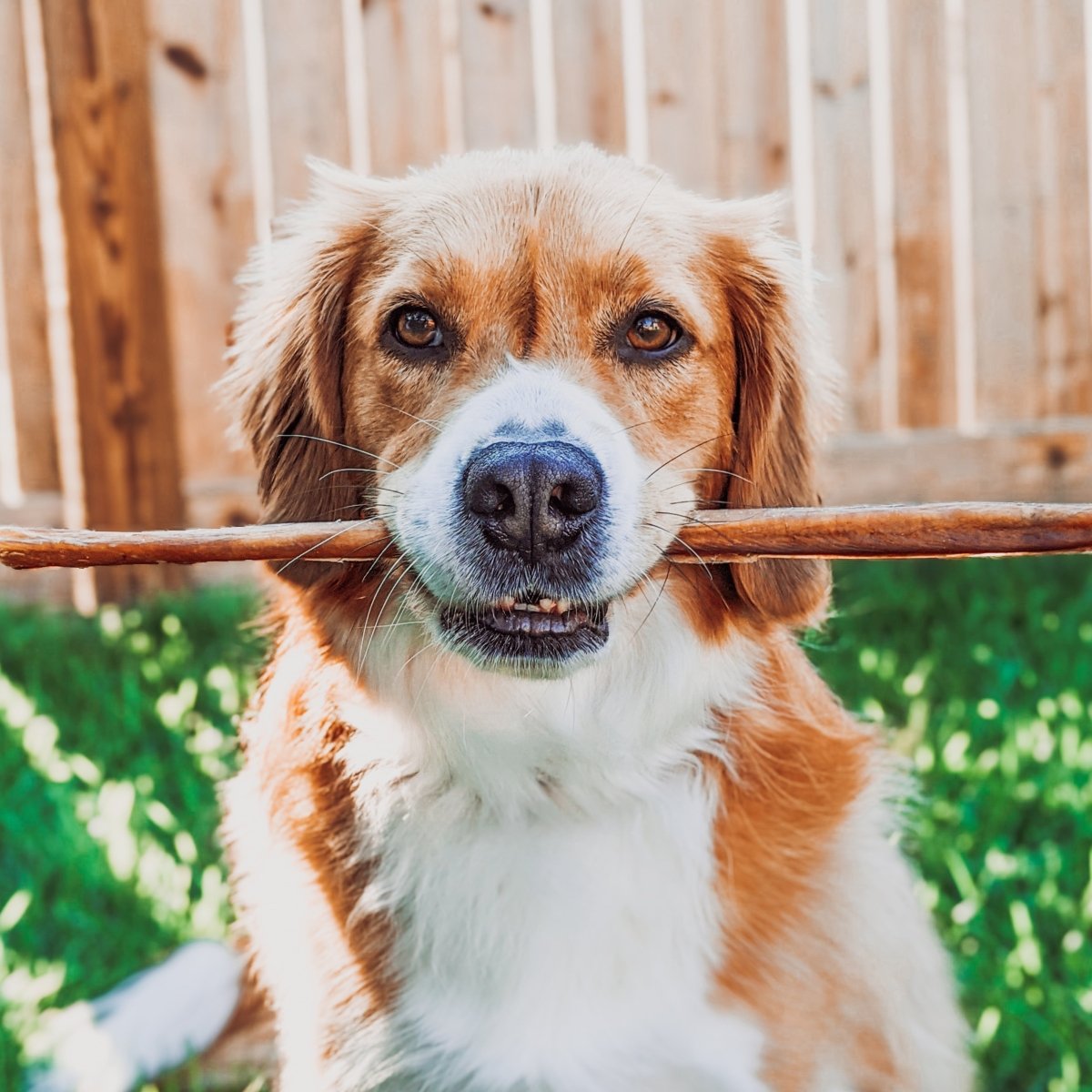
Storing your dog’s food properly is important for keeping your pet happy and healthy as well as for keeping your home clean and organized. Not only does proper storage maintain freshness and nutritional value, but it will also prevent contamination or other pets getting into food that isn’t meant for them. Learn tips and tricks on how to store dry dog food, canned dog food, and treats to keep your dog healthy.
Storing dry dog food
Handling your dog’s food properly will keep it fresh and help maintain the ideal nutritional value. Though hardier than canned dog foods, dry kibble should still be stored properly to prevent your dog from getting sick.
This way you will have the UPC code, lot number, brand and manufacturer, and “best by” date on hand in the event of a product recall. According to the FDA, less than 25% of pet food complaints they receive include the product lot number. Having the lot number helps the FDA identify when and where the food or treat was made, making it easier for them to address the problem. Dog food will also expiremore quickly if it is exposed to air, heat, light, or humidity. Dog food packaging is designed to protect the food from these elements.
Keeping dog food away from light and moisture will keep it fresher for longer. The temperature should never goabove 80° F. A kitchen cabinet or pantry is a great place to store dog food. The garage might get too hot in the summer for proper storage and under the kitchen sink can be too moist or humid.
Using an airtight container can reduce exposure to air and prevent your dog or other animals from getting into food when it isn’t mealtime. Avoid dumping the food directly into the container, instead, keep the bag inside.
Mixing a new dog food with an old one cantransfer bacteria or contamination if the old dog food had spoiled. If you use a storage container, wash it in between food refills to make sure there are no leftover crumbs or grease.
You wouldn’t want to eat off the same plate for a week, so why should your dog? Wash and dry your pet’s food bowls after each use, and make sure to wash their water bowl daily. This will prevent bacteria and mold growth, which can make your dog sick.
Storing canned dog food
When buying canned dog food at the store, avoid any cans that look dented or damaged. Swelling at the top or sides should also be avoided. Damaged dog food cans might have had accidental puncturing or air exposure, which lead tospoiling. Be wary of cans that look old or are covered in dust, this could mean they aren’t fresh.
Once opened, canned dog food can be stored in the refrigerator for three to five days. If possible, put the food in a new sealable container, such as Tupperware or a glass jar. This will limit air exposure and keep your fridge from smelling like your dog’s dinner.
It’s alright if canned food isn’t refrigerated right away, but it should never be left out for more than a few hours. Fourhours is considered the maximum, and anything left out for longer should be discarded. If it smells or looks weird, throw it away.
Storing chews and treats
There are different ways to have treats on hand for a quick reward while making them decorative or keeping them out of sight. For smaller treats, decorate mason jars and put them somewhere in your house. If you have multiple pets, decorating them will help you know whose treats are whose.
For larger chews like BullySticks, decorate leftover metal popcorn tins or buy a decorative glass jar or cookie jar. You can also purchase faux furniture or keep treats in small cabinets. It’s important to make sure the treats are in a place where your dog can’t get into them. If necessary, place them somewhere high up where they can’t reach.
As with dry and canned foods, keep the original containers in case of a recall and make sure you keep treats away from sunlight, moisture, and heat.
—
Want to learn more pet health tips? Check out our blog. And for great deals on all-natural dog chews, visit our website.
Comments will be approved before showing up.

Dental chews keep plaque in check and gums strong. Read here to learn about nature's toothbrush!

Single-ingredient dog chews and treats are crafted using only one whole food source!

Check out our guide on different types of chews to help you decide on the best chew for your dog!